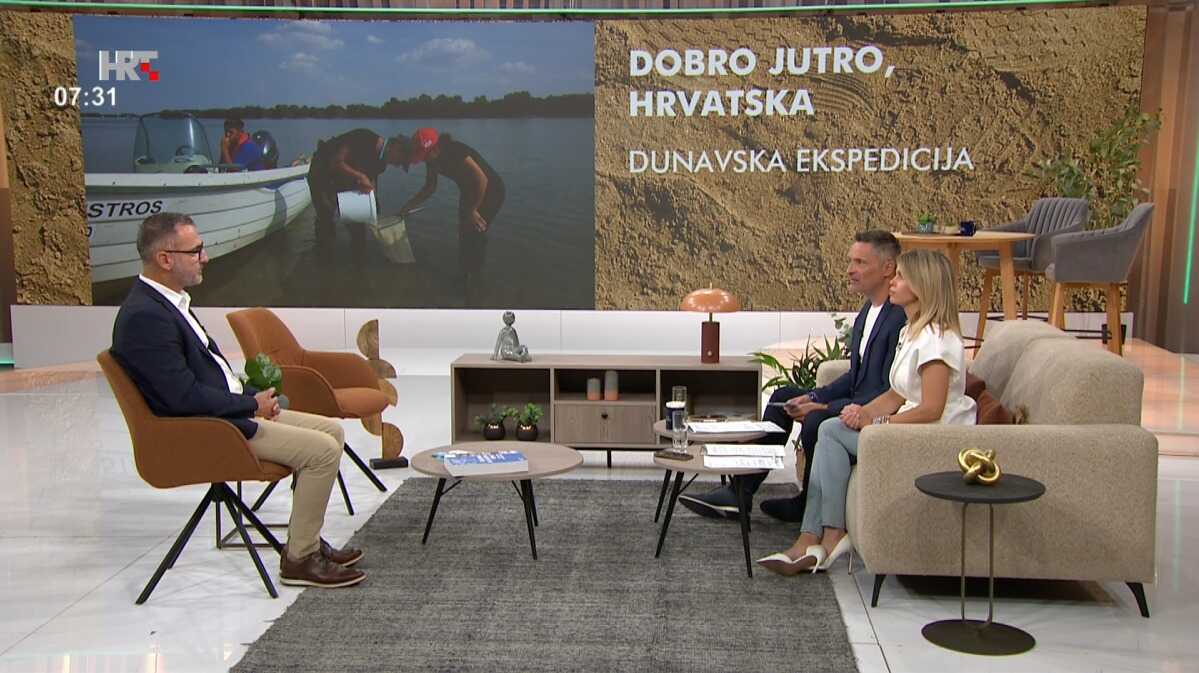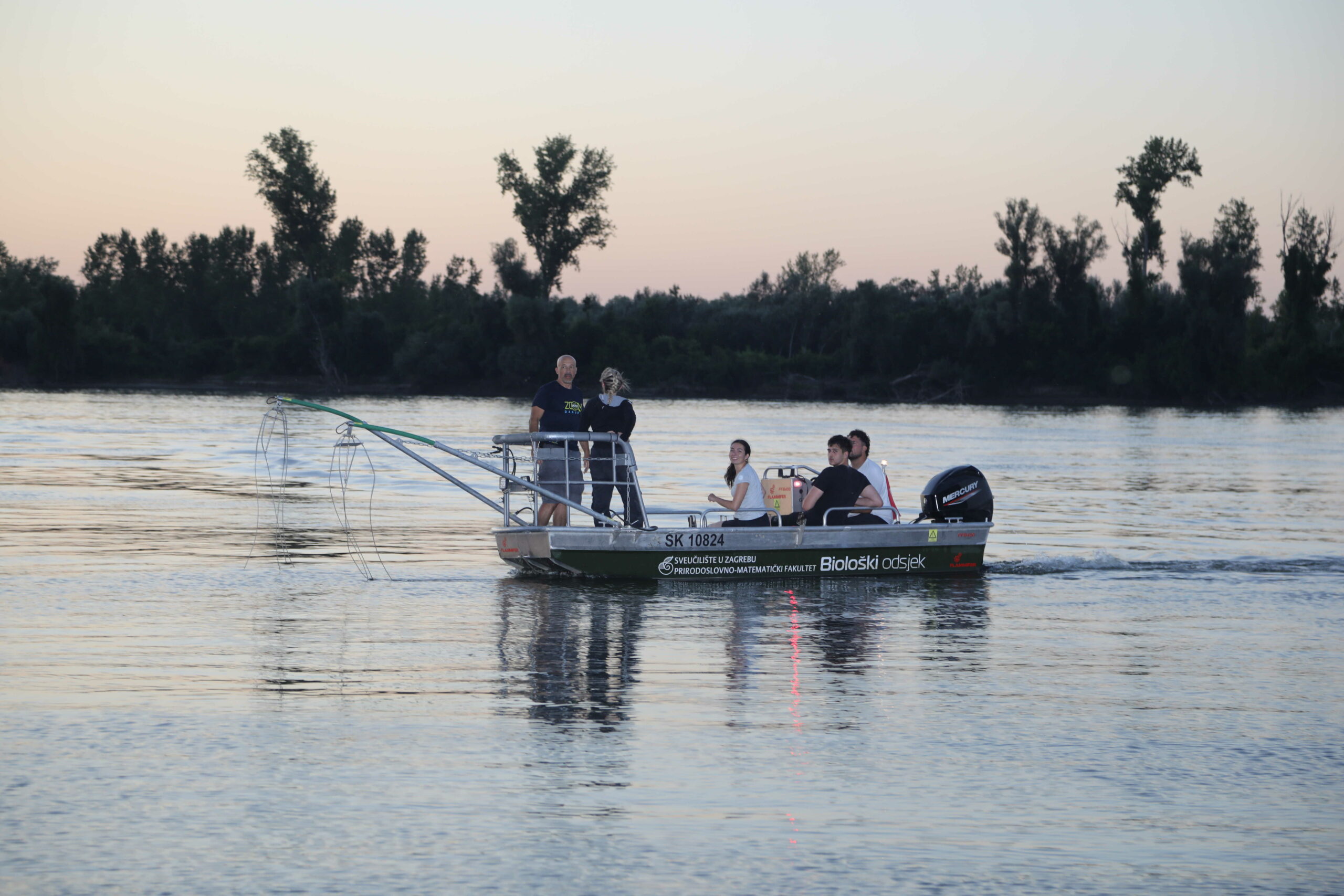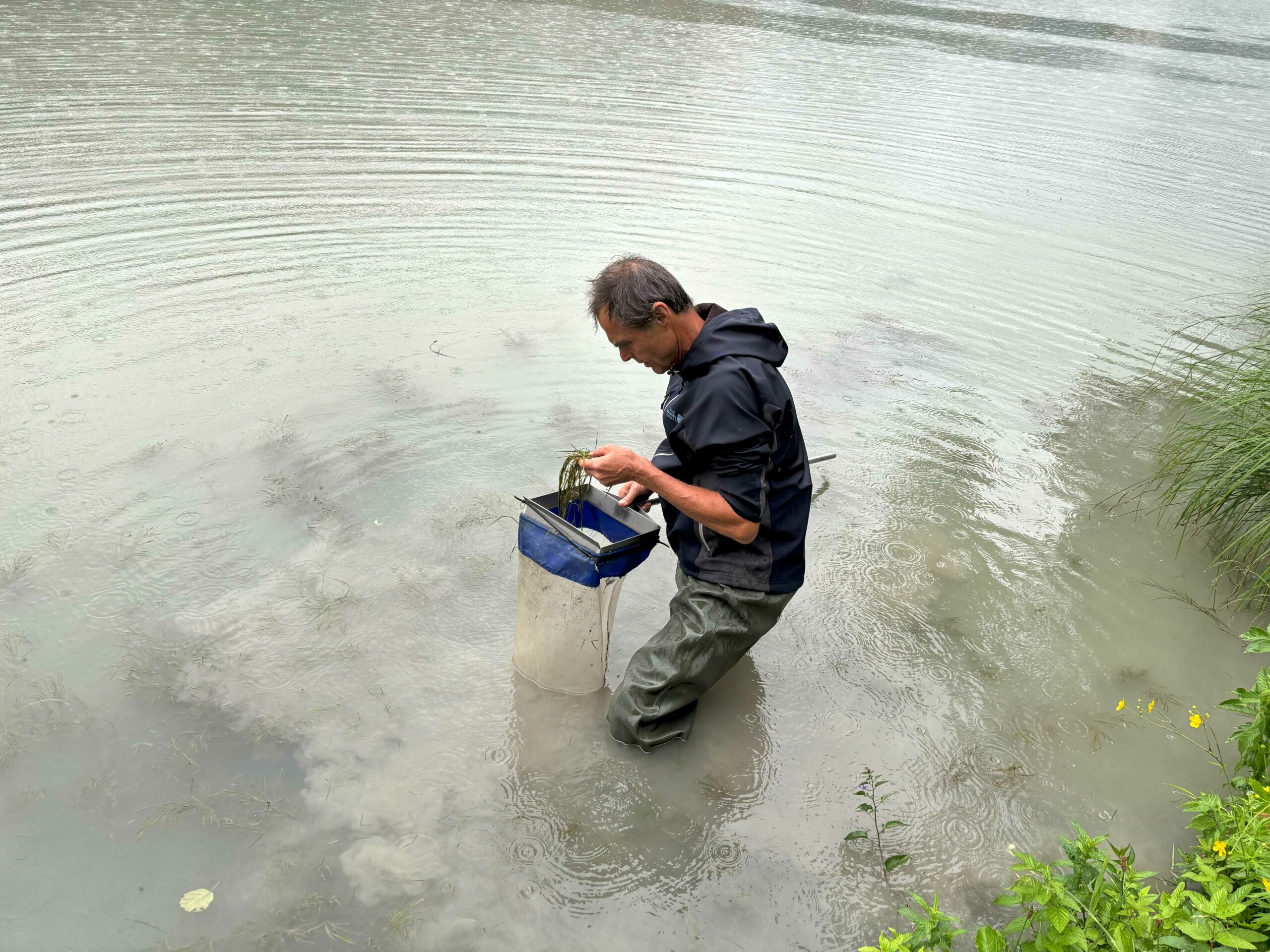Guest Appearance on the Show “Good Morning, Croatia”


Dr. Igor Stanković, on behalf of our Institute, was a guest on the television program Good Morning, Croatia. The occasion was the Fifth Joint Danube Survey – the largest international project for monitoring the quality of surface waters in Europe.
The Danube – a River Connecting 80 Million People
Stanković emphasized the size and importance of the Danube, Europe’s second largest river, stretching almost 2,700 kilometers with a catchment area of as much as 800,000 square kilometers. This vast resource connects the lives of more than 80 million people through drinking water supply, agriculture, navigation, tourism, and flood protection. That is precisely why, he stressed, protecting the river requires the cooperation of all the countries it flows through.
From 2001 to Today
The first expedition was held in 2001, and since then it has been organized every six years. Today, national teams actively participate in the research, enabling each country to collect data directly and conduct sampling under the most favorable conditions. In Croatia, research is carried out at stations in Batina, Ilok, and at the mouth of the Drava River.
Analyses and the Symbol of the Sturgeon
The analyses cover a wide range of biological and chemical indicators – from pollutants to plant and animal species. The sturgeon has become a special symbol, as its survival is endangered by dams that prevent its natural migration.
Visible Results
Industry and wastewater remain a significant source of pollution, but the situation today is much improved thanks to investments in modern treatment facilities.
“The quality of the Danube today is far better than twenty or thirty years ago,” Stanković emphasized. “We can clearly see a reduction in eutrophication, and the river is becoming cleaner and safer for people and nature.”
The Message of the Expedition
The Joint Danube Survey is not only a scientific project but also an example of successful cooperation among 19 countries. Alongside regular meetings, workshops, and scientific reports, the expedition has become a symbol of shared environmental responsibility. The message is clear – only by pooling knowledge and experience can we secure a sustainable future for one of Europe’s most important rivers.

